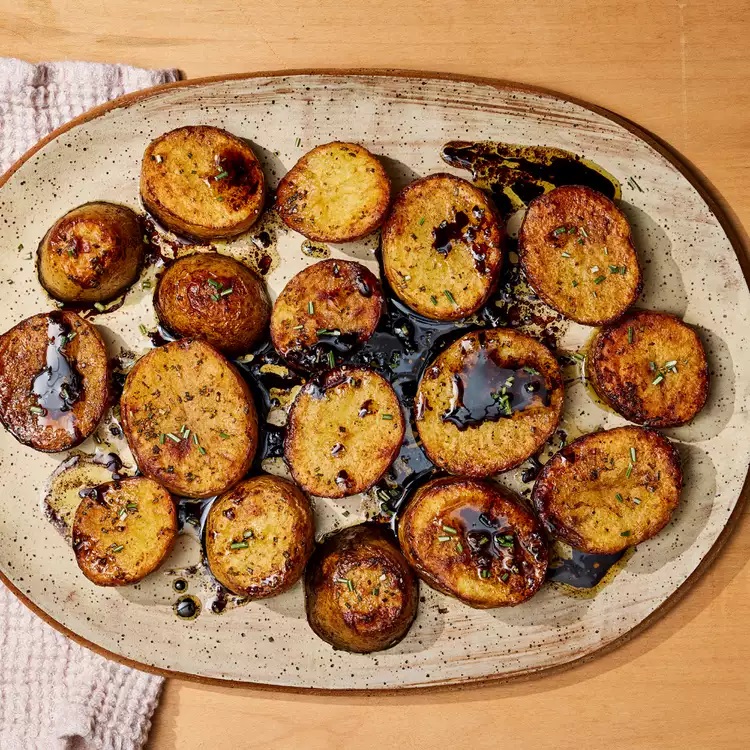Efficiently Manage Used Cooking Oil: 12 Responsible Disposal Methods

In the realm of culinary delights, handling used cooking oils responsibly is crucial for both a cleaner kitchen and a greener planet. The improper disposal of these oils can lead to environmental consequences, such as water pollution and harm to wildlife, not to mention the potential damage to kitchen appliances and tools. This article explores 12 effective and eco-friendly ways to bid farewell to used cooking oils.
- Contain oil with foil: Use aluminum foil to cool and contain used cooking oils before disposal. This method protects surfaces, ensures easy cleanup, and simplifies oil removal from pots and pans.
- Chill the oil in the fridge: Place used oil in a container and refrigerate until solidified. This minimizes spills, simplifies cleanup, and accelerates the solidification process in the colder fridge environment.
- Freeze oil for later use: Freeze used oil in a disposable container for future cooking or easy disposal. Strain the oil before freezing to remove food particles and store it for up to three to four weeks.
- Empty oil into a disposable container: Pour used cooking oil into a readily available disposable container for quick and convenient disposal. Ensure the container is sealed securely to prevent leaks.
- Cool and scrape oil into the trash straight from the pan: Allow used oil to solidify in the pan after cooking. Scrape the solidified oil directly into the trash can, eliminating the need for additional containers.
- Use paper towels to soak up the cooled oil: Place paper towels on the cooled oil to absorb residual liquid before disposal. This method aids in efficient cleanup, preventing spills when transferring oil to the trash.
- Soak up used oil with starch or acid: Utilize starchy ingredients like flour or cornstarch to absorb and clean leftover oil. Baking soda or stearic acid can also be effective in soaking up and disposing of used cooking oil.
- Clean and reuse used oil for future cooking: Strain used oil through a coffee filter to remove impurities and reuse it for future cooking. Alternatively, use the gelatin trick to clean and store the oil.
- Repurpose gently used oil into a DIY project: Turn used cooking oil into DIY projects such as homemade furniture polish or seasoning agent. Clean the oil with a strainer before use.
- Toss the cooled oil in your compost pile: Dispose of cooled used oil in your compost pile in moderation. Mix it thoroughly with other compostable materials to avoid disrupting the composting balance.
- Take the used oil to a recycling center: Transport used oil to a recycling center for eco-friendly disposal. Check with the center for specific requirements and guidelines on dropping off used oil.
- Contact local restaurants about oil collection bins: Inquire with local restaurants about using their in-house collection bins for used cooking oil disposal. Support sustainability efforts and explore options for shared oil collection services.
These responsible disposal methods ensure a cleaner kitchen, promote environmental responsibility, and may even contribute to local sustainability initiatives
Re-reported from the article originally published in The Tasting Table









